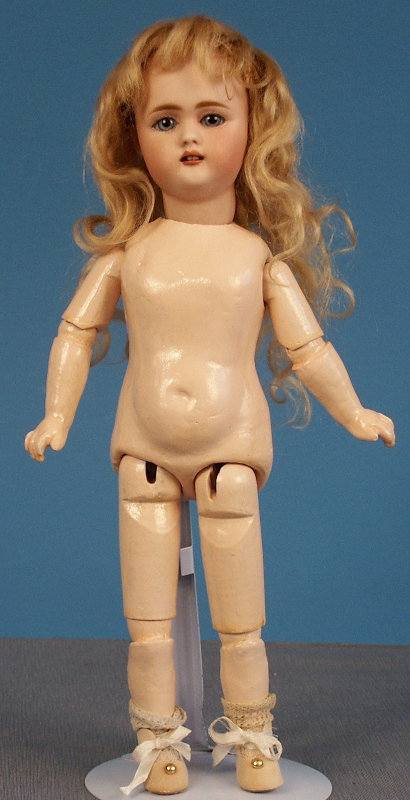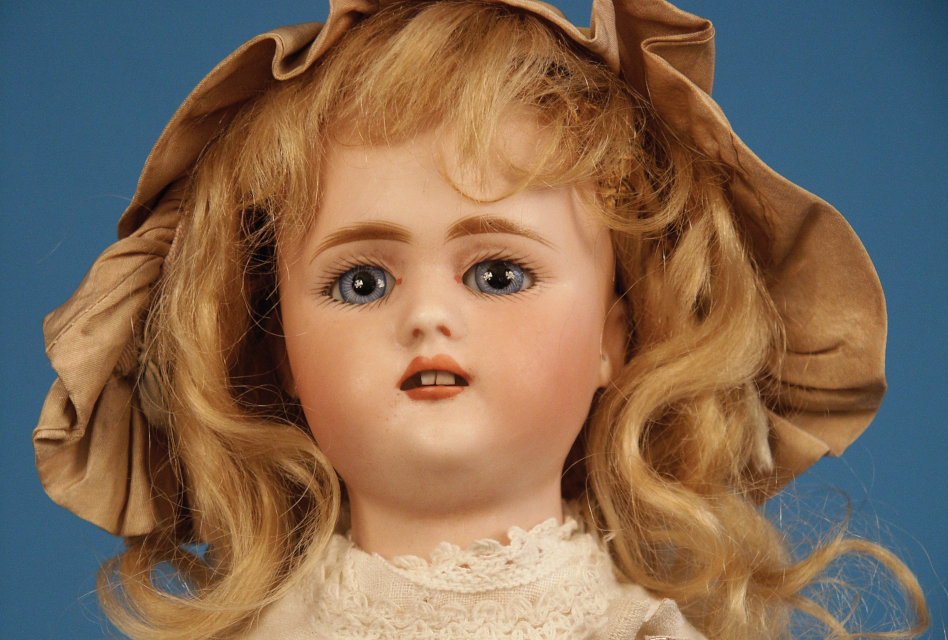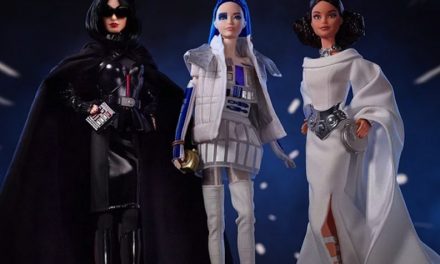Q: I bought this doll at an antique store. The bisque head is marked only “979.” The seller had no information about the doll, and no one in my doll club could help either. Could you tell me what company made it? Is it French or German? Also, the body looks different from those on my other bisque-head dolls. Can you comment on that as well?

Have a website login already? Log in and start reading now.
Never created a website login before? Find your Customer Number (it’s on your mailing label) and register here.
JOIN HERE
Still have questions? Contact us here.







